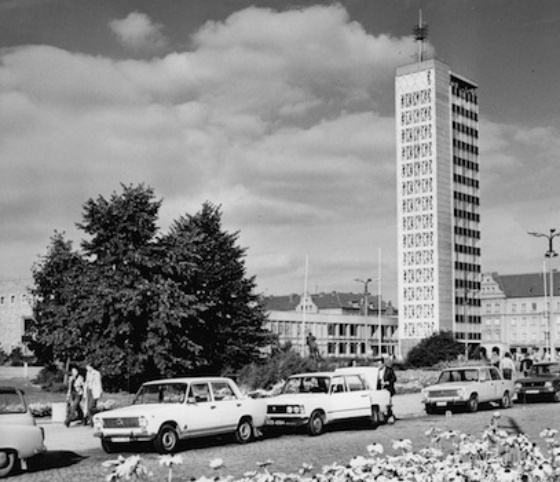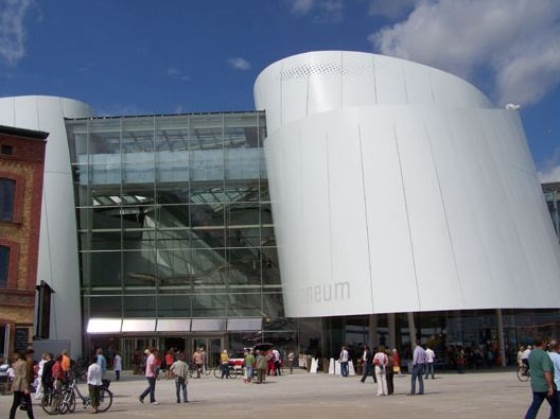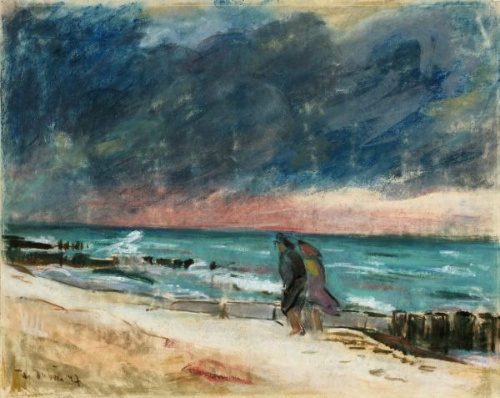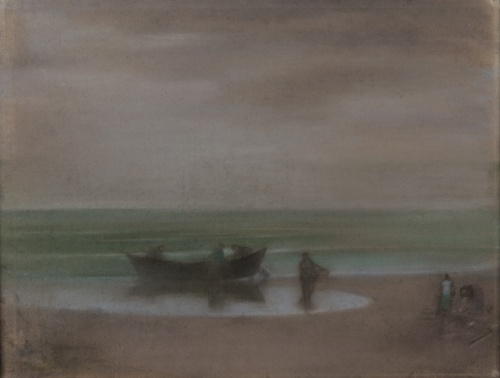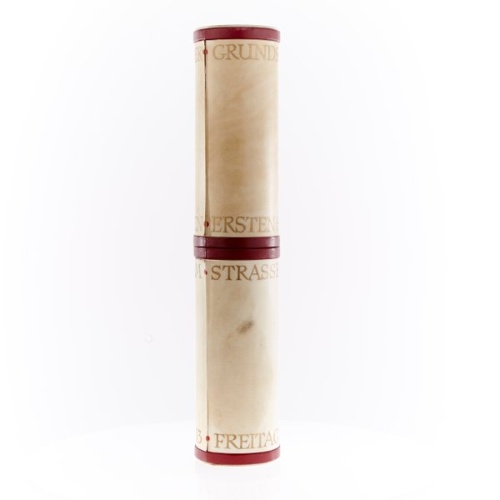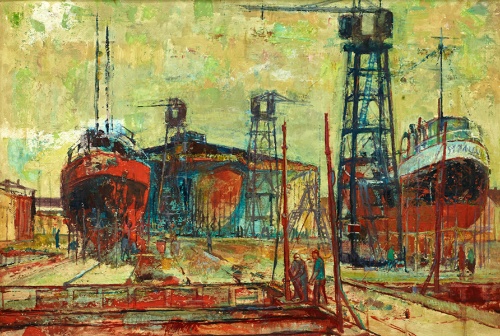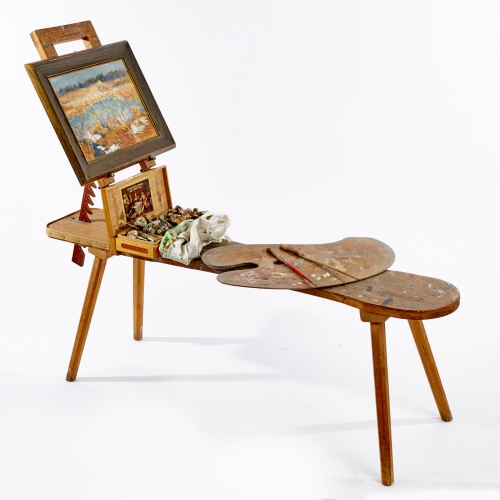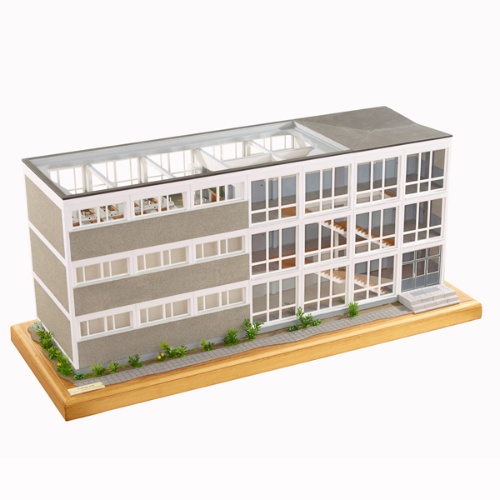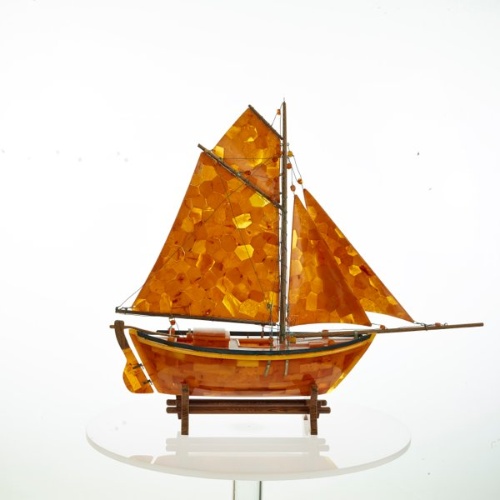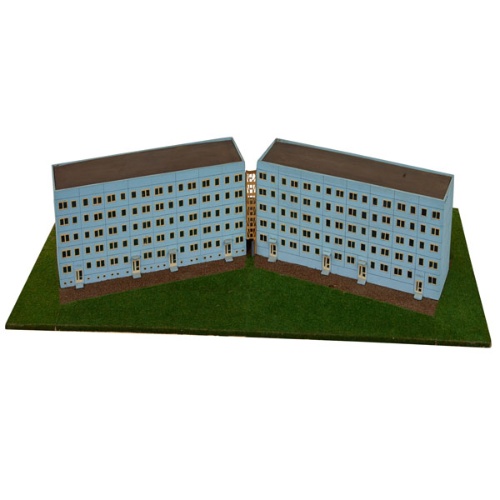Joachim Näther was in charge of the construction of the long road in Rostock.
From 1975 cultural events from the “Baltic Sea week” were continued as the Rostock summer festival days, modern art biennials in the art gallery built in 1969, Baltic Sea musicians’ rendezvous or the book bazaar. Press festivals from the SED district newspapers had a folk festival character. The people’s theatre in Rostock and Mecklenburg state theatre were internationally well-regarded.
Fritz Reuter, Gerhart Hauptmann and Ernst Barlach were honoured with museums. In 1969 and 1970 Rostock was given museums for shipbuilding and shipping. Schwerin, Rostock, Dorf Mecklenburg, Alt Schwerin and Klockenhagen were given technical, historical or agricultural museums.
The re-evaluation of legacy and tradition led to personal museums being built in honour of Heinrich Schliemann in Ankershagen and Johann Heinrich von Thünen in Tellow. Güstrow Palace and royal representative rooms in Schwerin were restored. Monument preservation was enhanced through congresses held by the international organisation ICOMOS in 1977 and 1984.
The cultural infrastructure was improved after 1990. Theatres, music schools and museums were predominantly modernised in listed buildings.
The Barlach memorial in Güstrow became an internationally renowned museum through the reconstruction of the exhibition hall and the print room. The Mecklenburg-Western Pomerania summer of music and open air performances by the Mecklenburg state theatre attracted many spectators.
